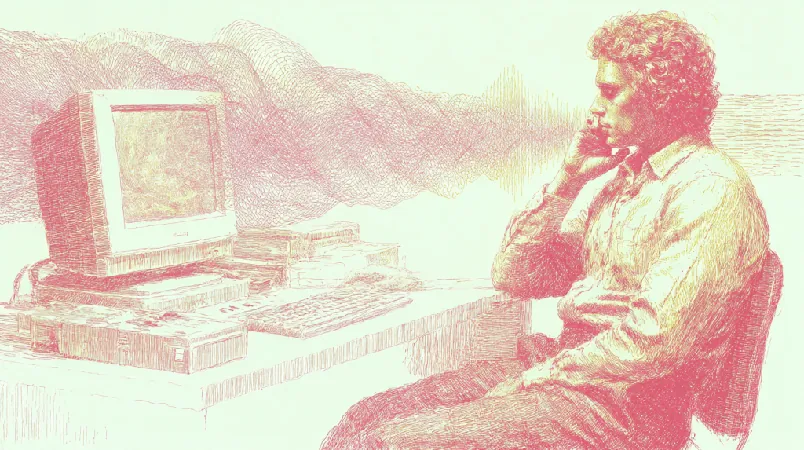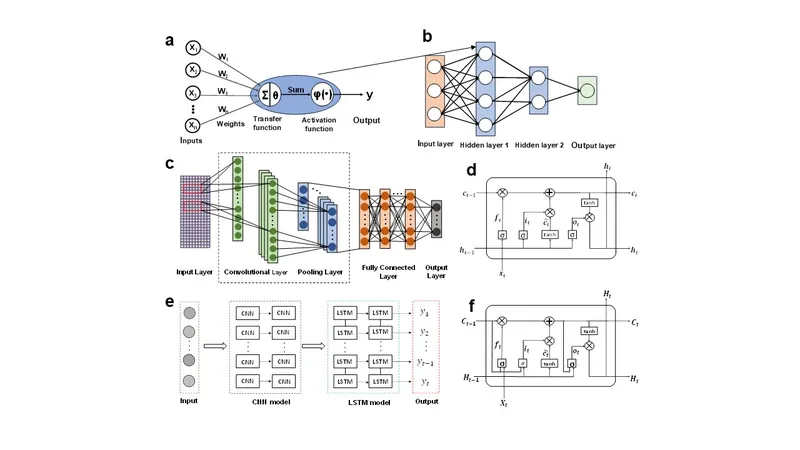
Awakening the Quantum Vacuum: Harnessing Extreme Laser Light for Groundbreaking Discoveries
2025-04-09
Author: Siti
Diving Into the Mysteries of Light and the Quantum Vacuum
At the forefront of scientific research, the University of Maryland is set to explore profound questions surrounding the essence of light and its interaction with matter, specifically aiming to unlock the secrets of the quantum vacuum through innovative experiments.
Light, a fundamental element of life—from basking in sunlight to marveling at starlit skies—serves not merely as a source of illumination, but as a vital tool in our quest to understand the universe. Our focus narrows down to electromagnetic waves, special relativity, quantum mechanics, and an astonishing prospect: virtual matter.
The Dance of Light: Electromagnetic Waves and Quantum Realms
Electromagnetic waves are the very embodiment of light, characterized by synchronized electric and magnetic fields—with a spectrum that spans everything from gentle radio waves to intense gamma rays. Within this spectrum, visible light occupies a mere sliver. Special relativity introduces the enlightening concept of a universal speed limit—the speed of light in a vacuum—dictating how matter behaves at cosmic levels.
On the quantum side, the microscopic world of atoms and molecules exhibits phenomena that, while often unseen in our everyday lives, shape the foundation of modern physics. As researchers prepare for experiments on virtual matter, a captivating subject emerges...
Using Laser Light to Agitate the Quantum Vacuum
How can extreme laser light stir the quantum vacuum? By replicating conditions found in the cosmos within laboratory settings, physicists hope to investigate arguably ancient questions and modern dilemmas such as the enigmatic dark matter.
As we progress through this exploration, we will reflect on the significant milestones that have paved the way for such ambitious research, embracing models—essential tools for physicists—to deepen our understanding of these complex interactions.
The Historical Impact of Light on Scientific Thought
Sir J.J. Thomson, a renowned physicist, once noted, "The study of light has resulted in achievements of insight, imagination, and ingenuity unsurpassed in any field of mental activity." From humble celestial observations to advanced quantum theories, light has guided our comprehension of the universe.
Historically, theories about light morphed as understanding evolved. The corpuscular theory, championed by Isaac Newton in the early 18th century, met its challenge in Thomas Young's wave interference experiments a century later. This dichotomy of light as both waves and particles perplexed physicists—leading to remarkable developments in quantum mechanics.
The Quantum Mechanics Revolution: Understanding Matter and Waves
The early 20th century heralded a seismic shift in physics with the onset of quantum mechanics, where light was observed demonstrating both wave and particle characteristics. These revelations prompted scientists to reassess their earlier views on atomic structure, leading to the foundational Schrödinger Equation, and ultimately reshaping our comprehension of matter.
The Role of Lasers: Bridging Theory and Experimentation
Fast forward to the present—the advent of lasers marks a turning point. With power levels reaching multi-petawatts, today's lasers allow unprecedented exploration of quantum phenomena. These astonishingly intense yet fleeting pulses of light reveal new dimensions in light-matter interactions, making the investigation of the quantum vacuum feasible.
Exploring Vacuum Fluctuations and Particle-Pair Creation
The quantum vacuum isn't merely empty; it's a bustling realm filled with 'virtual' particles—ephemeral entities that can manifest into real particles under the right conditions. As scientists set out to generate electron-positron pairs—in essence, the fundamental building blocks of matter—the implications could extend to the very fabric of the universe, potentially illuminating the nature of dark matter.
The Future of Quantum Exploration: Lasers and The Quantum Vacuum
Looking ahead, powerful new laser facilities are emerging, aiming to push boundaries in quantum vacuum studies. With aspirations to manipulate and detect ephemeral pairs and explore phenomena dictated by quantum electrodynamics (QED), this research may bring clarity to long-standing mysteries surrounding the universe.
Although it's unlikely that we will recreate all conditions seen in astrophysics labs, the potential for breakthroughs signals an exciting journey into the heart of quantum mechanics awaits. Grab your coffee and prepare for an adventure that might redefine our understanding of reality itself!



 Brasil (PT)
Brasil (PT)
 Canada (EN)
Canada (EN)
 Chile (ES)
Chile (ES)
 Česko (CS)
Česko (CS)
 대한민국 (KO)
대한민국 (KO)
 España (ES)
España (ES)
 France (FR)
France (FR)
 Hong Kong (EN)
Hong Kong (EN)
 Italia (IT)
Italia (IT)
 日本 (JA)
日本 (JA)
 Magyarország (HU)
Magyarország (HU)
 Norge (NO)
Norge (NO)
 Polska (PL)
Polska (PL)
 Schweiz (DE)
Schweiz (DE)
 Singapore (EN)
Singapore (EN)
 Sverige (SV)
Sverige (SV)
 Suomi (FI)
Suomi (FI)
 Türkiye (TR)
Türkiye (TR)
 الإمارات العربية المتحدة (AR)
الإمارات العربية المتحدة (AR)